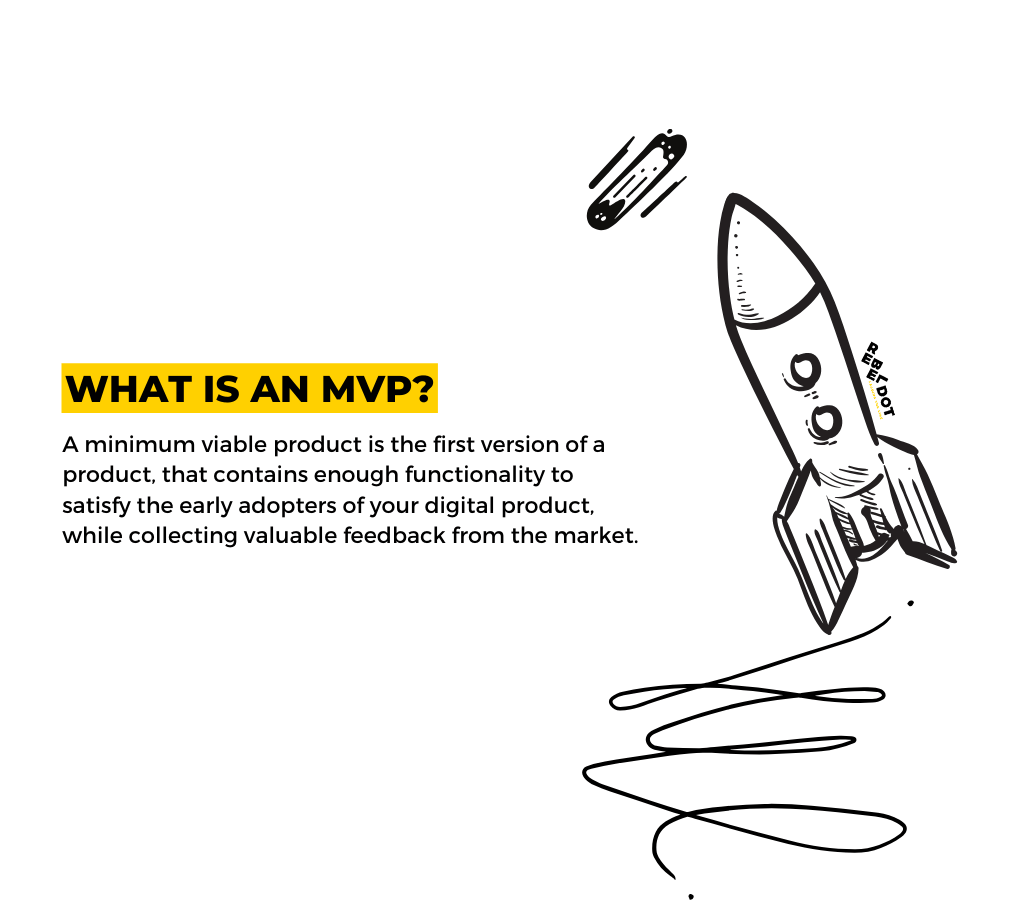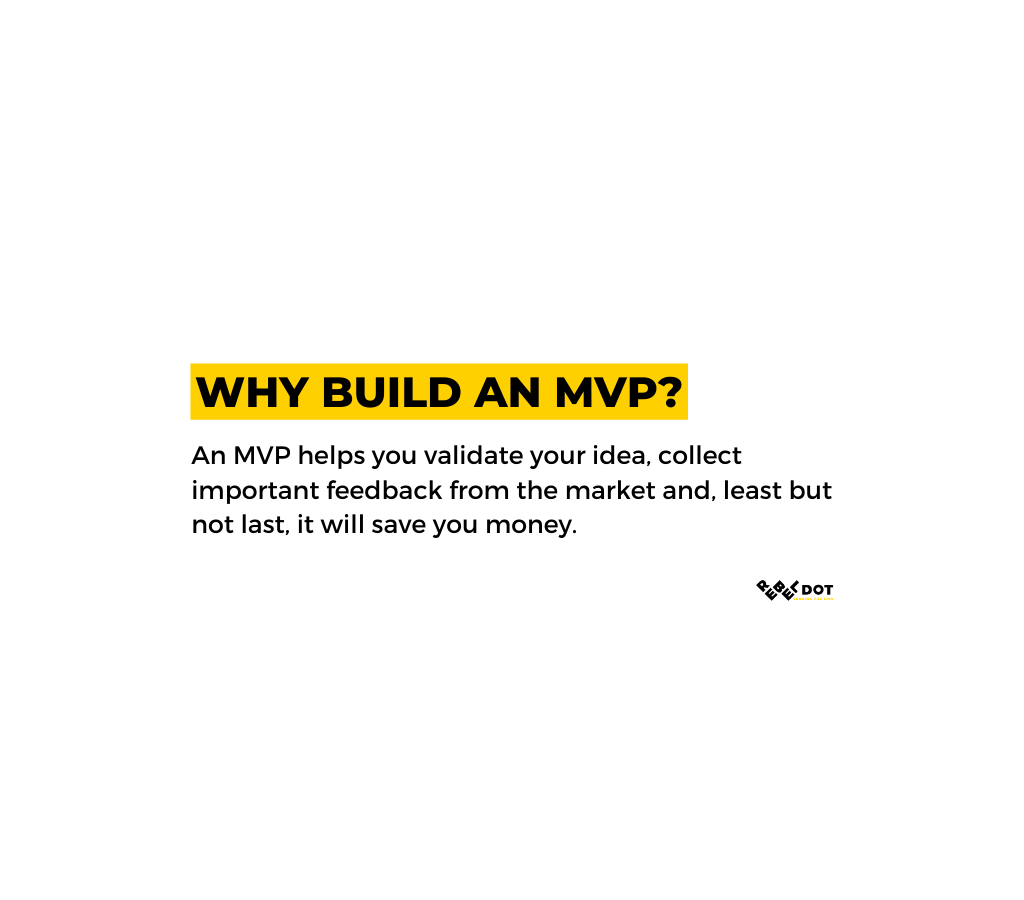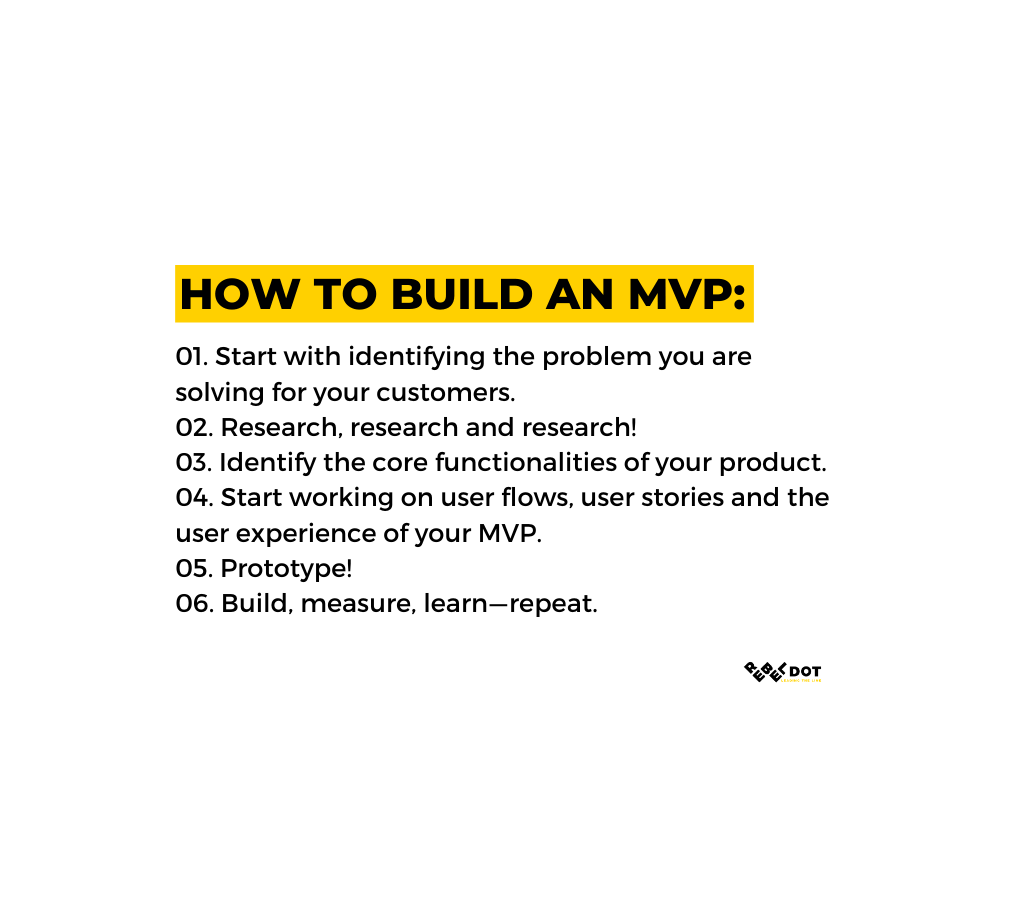In this article, we are going to shed light over what an MVP is, how to innovate with Minimum Viable Products, why you should start with an MVP, and we’ll help in finding out how much your first version of the product might actually cost you.
Having been in the world of digital products for more than a decade, we had the opportunity of interacting with an impressive number of entrepreneurs looking to bring innovation to their sector. We’ve seen established businesses looking to digitalize their processes with the help of technology, enthusiast startup founders at the beginning of their career investing all their time and money into building something successful and, last but not least, serial entrepreneurs already accustomed to the startup scene, trying to make their way through the competitive world of technology startups.
The clients we interacted with differed not only in their entrepreneurial journey, but technology understanding and business scenario. Hence, it became pretty clear that when it comes to helping business owners bring new products to the market, a one size fits all approach fails unquestionably. Processes are good, but we’ve learned it is just as important to know when to put them aside for the sake of immersing into the particular business story and scenario.
In a world of adaptability, flexibility, and particularities, one thing remains true. For a startup to have any chance of launching a successful product, research, and MVP (Minimum Viable Product) creation is mandatory. Aaaand, we couldn’t stress this enough.
In this article, we are going to shed light on what an MVP is, why you should start with an MVP, and we’ll help in finding out how much your first version of the product might cost you.
What is a Minimum Viable Product?
A minimum viable product is the first version of a product that contains enough functionality to satisfy the early adopters of your digital product, while collecting valuable feedback from the market.

An MVP comes to help you validate your idea early in the process of product development. In the case of Agile Development, it should help your product team validate and iterate your product based on input.
Taking a straightforward look at the entire Minimum Viable Product concept, you want to test the market with a first, minimal version of the product, to make sure that before investing a lot of money into more design and functionality, your idea is validated and approved by the market.
Why build a Minimum Viable Product?
Although we already touched down on one of the most important reasons for building an MVP, which is, validating your product idea, we are going to shed some light on other important aspects of why you should start by building an MVP.
We’ll start by reminding you that Rome wasn’t built in a day. The legend says that builders were there laying brick-by-brink, every day. Just the same, we advise owners to look at the MVP as being a process and not a product. Building an MVP is a journey that allows you to test, optimize, and grow your web or mobile applications in sync with market demands. Listening to what your customer’s desires and wishes are is probably the most important step of the process. Translating all this valuable input into features and functionalities is where the fun part begins.
A Minimum Viable Product gives you the framework to essentialise on the features that have the most priority in alignment with the problem your product aims to solve. Let’s say you are planning to build a product that gives dog owners access to online dog trainers. Although you might have tons of ideas on how your product should look like, it is important to identify the core functionalities of it. A live chat might be a correct answer for this specific use case. It is important to remember that an MVP is a first release that is stripped right back to the core of the digital product, and you should keep it like this.
An MVP saves great amounts of money that could go into the prelaunch advertising of your product. Because building in small iterations is all that an MVP is about, releasing a small version of the product, testing, and improving on feedback helps you not fall in the trap of investing money into functionalities users don’t need.

How to build a Minimum Viable Product
Now that we have touched base on the theory behind building MVPs let’s take a look into how to build an MVP.
- Start with identifying the problem you are solving for your customers.
If you’ve been in touch with the product & startup world, this might already sound like a cliche. Still, it is the most important item to tick off your list before getting into building anything.
Looking at some of the hottest startups, they all started with identifying a real problem, and engineered their solutions around that.
- Research, research, and research!
It is important that you take the time to conduct extensive research on your buyer persona, competition, and the advantages their products bring on the market.
Find answers to some of the most important questions in product development: Why are you building the digital product? What is the problem that your product solves for the market? Who is your targeted market? Who are your competitors?
- Identify the core functionalities of your product.
As you already know, as many interesting ideas you might have, the entire point of building an MVP is releasing a minimal version of the digital product, without adding too much functionality to it. Ask yourself, what is the single-most-important action that I want my users to accomplish? Then, categorize all features into nice-haves, must-haves and don’t care.
- Start working on user flows, user stories, and the user experience of your MVP.
With research as a strong foundation, it is now time to think about the user flows within your web or mobile application. You know what the core functionalities of your product are, so it is a good moment to think of the experience of the users within the app.
- Prototype!
The user experience of your mobile or web application is extremely important in the way your first users will interact with the digital product—imagine real-life scenarios of users interacting with your application and start designing with their expectations in mind.
Last but not least, add the branding elements of your company and think of ways in which to enhance your user’s experience with the help of colors, animated transitions, and interactions. Remember that to attract users; an MVP should not only be functional but delighting as well.
Once you have it all done and ready, we advise you to gather all application screens and build an interactive prototype using InVision – this way, you will get a feeling of what the app feels and looks like.
- Build measure learn – repeat.
Once you have the entire app design in place, start coding your MVP. We recommend startups to make sure that the application screens that go into development are what they want, eliminating the risk of making major changes while in the development phase of the product development phase.
Launching the first version of an application is just the beginning of the process. Placing it into the hands of your users will give you the feedback needed to improve the experience, making it even more existing and engaging for your users.

How much does it cost to build a Minimum Viable Product?
Before jumping to asking this question, make sure that you have done your research so that you know the main problem your product solves, your competitors, and, last but not least, your potential user base.
Estimating the development effort for building an MVP gets even more accurate if you already know what some of the core functionalities of your application will be, as well as the complexity of the UI.
At RebelDot, we make sure that before delivering any estimates, we have a very clear idea of what we are going to build and that we have immersed ourselves in the vision, goals, and challenges of the business we are dealing with. We do this because we want to be able to offer good financial predictability for our clients, especially startups that are, in many cases, seeking investment.
The tricky part of building MVPs and digital products in general, is that the amount of money that they will end up costing you is highly dependent on the hourly rate of the company you are in conversation with.
The scope of work and the innovation level within the application are two very important factors in the overall cost of your web or mobile Minimum Viable Product. Web and mobile apps involving blockchain, machine learning, and any AI or VR components cost more that applications with standard functionality.
As you might assume, it’s hard, nearly impossible to place a number on a digital product we know nothing about – pretty much like guessing in the dark. If you want to know how much a Minimum Viable Product will cost you, our advice is that you seek the help of a development team.
You made it this far!
We hope this article helped you in finding some of the most important aspects of why you should build a Minimum Viable Product for your startup, and offered important insights on how to build an MVP. If you have any other questions on how to bring your digital product idea to life, reach out – we’re here to give a helping hand.
Before you go, we recently launched our own startup, Visidot, and wrote an article about the entire process of building the digital product, from idea to launch and … pivoting? We’re leaving the story of how we built Visidot, the contact tracing and visitors management application, here for you to read it.





